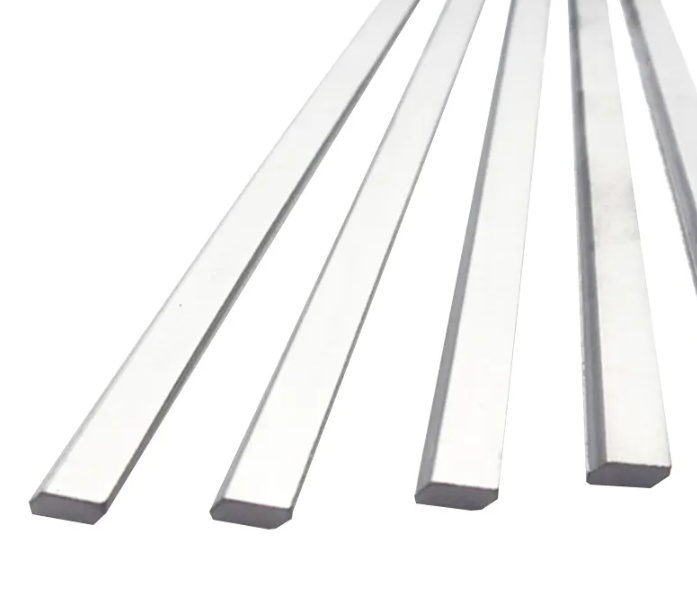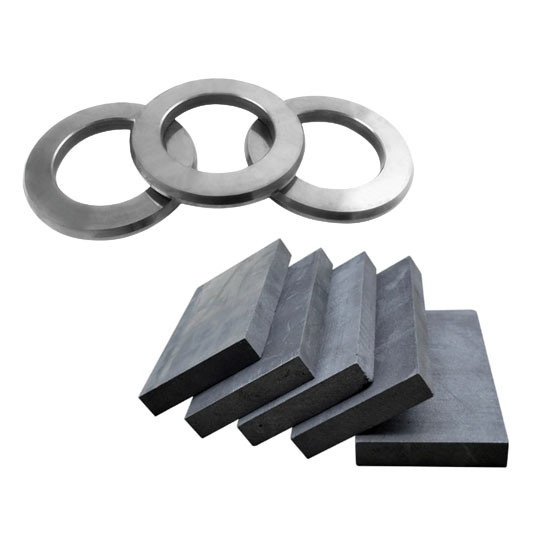はじめに製造および金属加工における超硬およびセラミック切削工具の重要性
機械加工に関しては、選択する工具が効率、精度、生産コスト全体を左右します。 カーバイド とセラミック工具は、製造業や金属加工業で最も広く使用されている切削材料の2つです。しかし、あなたの用途にはどちらが最適でしょうか?
超硬切削工具とセラミック切削工具には、それぞれ長所と短所がある。超硬工具は靭性と汎用性があり、さまざまな材料に適しています。一方、セラミック工具は驚異的な硬度と耐熱性で知られ、高速加工に優れています。
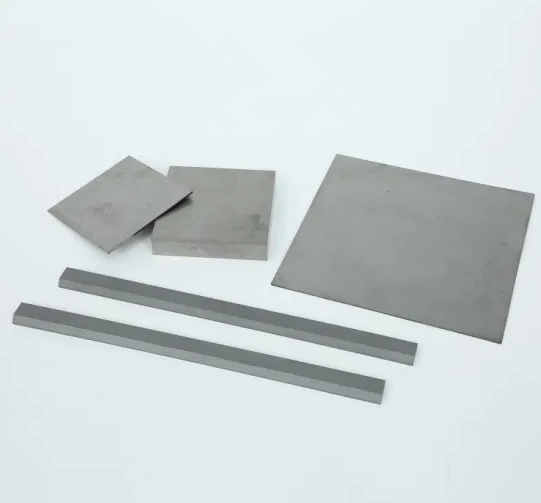
超硬合金と超硬合金の材料と組成 セラミックツール
超硬切削工具とセラミック切削工具の基本的な違いは、その組成にあります。それを分解してみよう:
超硬工具の構成
超硬切削工具は、主に炭化タングステン(WC)粒子を金属バインダー(通常はコバルト(Co))で結合したものです。最も一般的なバリエーションは以下の通り:
- 超硬合金(WC-Co): 炭化タングステンとコバルトの混合物で、靭性と硬度のバランスがとれている。
- サーメット(セラミック+金属): セラミックと金属の組み合わせで、靭性を向上させた耐摩耗性を提供。
- コーティング炭化物(TiN、TiAlN、Al2O3コーティング): 窒化チタン(TiN)、窒化チタンアルミニウム(TiAlN)、または酸化アルミニウム(Al2O3)でコーティングされた超硬工具は、高速切削での性能を向上させる。
セラミック工具の構成
一方、セラミック工具は、極めて高い硬度と耐摩耗性を持つ非金属の無機材料で構成されています。一般的なセラミック工具の材料には、以下のようなものがある:
- アルミナ(Al2O3): 最も一般的なセラミック切削工具材料で、優れた耐摩耗性を提供する。
- 窒化ケイ素(Si3N4): より強靭なセラミック材料で、高速荒加工用途に最適。
- ウィスカー強化セラミックス(SiCw + Al2O3): 炭化ケイ素のウィスカーをアルミナで強化し、極めて高い靭性を実現。
- 混合セラミックス(Al2O3 + TiC): アルミナと炭化チタンのブレンドにより、強度と耐熱性が向上。
超硬合金の硬度と耐摩耗性 セラミックツール
硬度に関しては、セラミック工具がリードしている。セラミック工具は超硬工具よりもはるかに硬いため、高速加工や硬化した材料の切削に最適です。しかし、この硬度向上には代償が伴います。セラミック工具は超硬工具よりもはるかに脆いのです。
- 超硬硬度: 通常、1,500~2,000HV(ビッカース硬度)の範囲である。
- セラミックの硬度: 通常2,500HVを超え、3,000HVに達することもある。
セラミック工具は耐摩耗性に優れ、連続切削用途で長持ちする。一方、超硬工具は耐衝撃性に優れ、断続切削に適している。
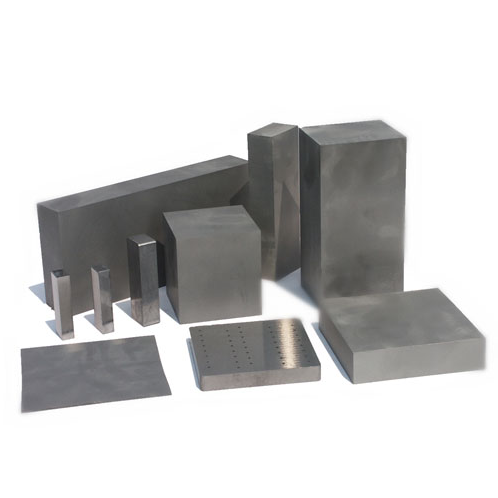
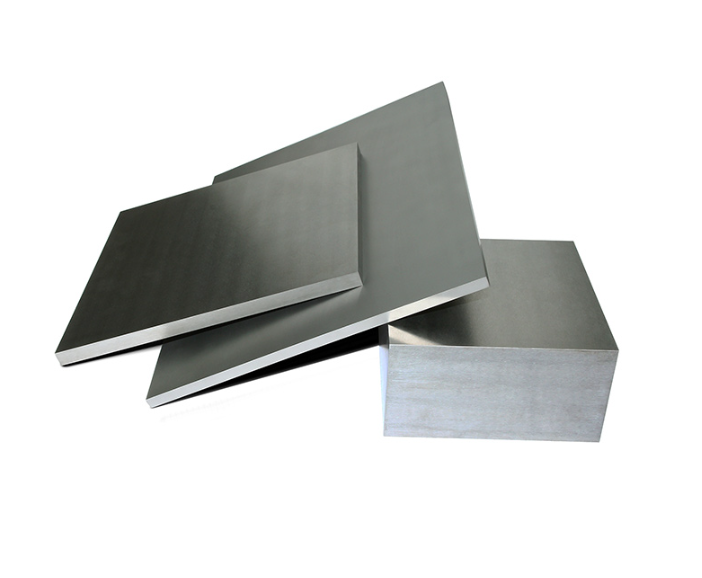
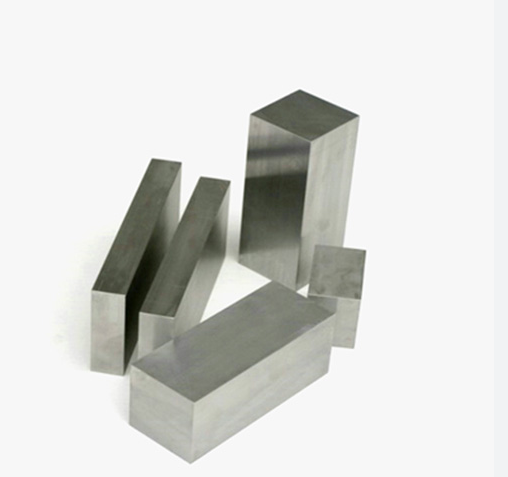
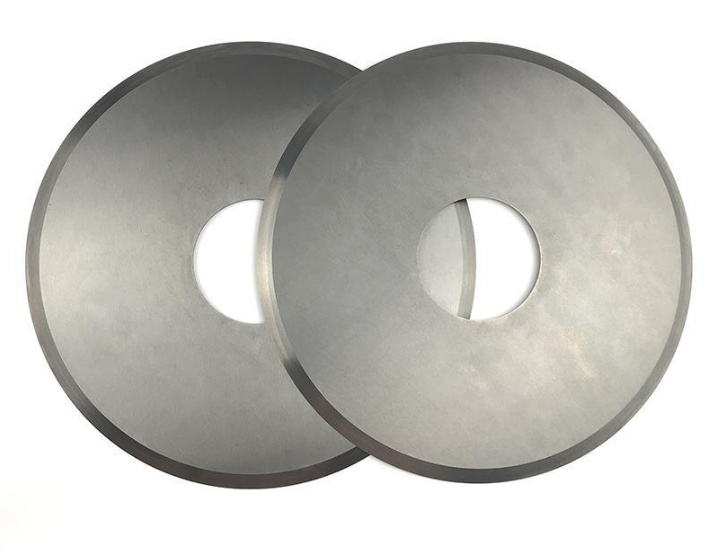
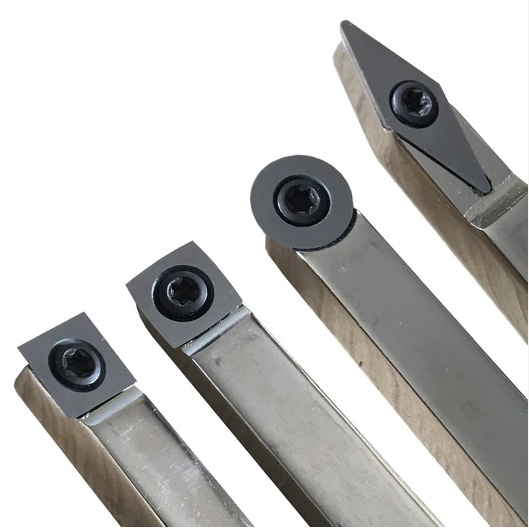
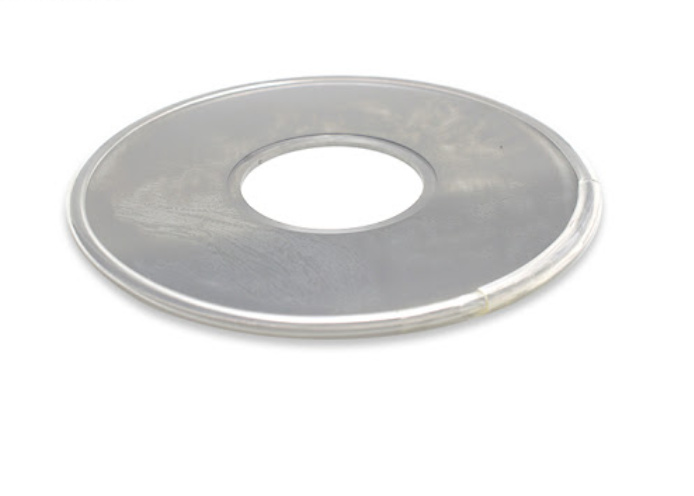
切削速度と効率の比較
| 特徴 | 超硬工具 | セラミックツール |
|---|---|---|
| 切断速度 | 150-300 m/分 | 500-1,200 m/分 |
| フィード・レート | 中程度 | 高い |
| 申し込み | 汎用 | 高速加工 |
| 加工タイプ | フライス加工、ドリル加工、旋盤加工 | 高速回転 |
耐熱・放熱性能
| 特徴 | 超硬工具 | セラミックツール |
|---|---|---|
| 最高温度耐性 | 800-1,000°C | 1,200-1,400°C |
| 放熱 | 中程度 | 高い |
| ドライ加工に最適 | いいえ | はい |
| 熱伝導率 | 高い | 低い |
超硬合金および超硬合金の適用可能な被削材 セラミックツール
超硬工具が最適
- 軟鋼およびステンレス鋼
- 鋳鉄
- アルミニウムおよび非鉄金属
- 複合材料
セラミック製の道具が最適:
- 硬化鋼(HRC > 50)
- 超合金(インコネル、ハステロイ、ワスパロイ)
- チタン合金
- 鋳鉄(高速用途)
超硬工具とセラミック工具のコストと経済性
コストは工具の選択において不可欠な要素です。セラミック工具は高速用途では長持ちするが、脆いため取り扱いに注意が必要である。超硬工具は、コストと性能のバランスが取れています。
| 特徴 | 超硬工具 | セラミックツール |
|---|---|---|
| 初期費用 | より低い | より高い |
| 工具寿命 | 中程度 | 長い(正しく使用された場合) |
| コスト効率 | 多用途、コスト効率 | 高速切断に最適 |
| メンテナンス | より脆くなく、より寛容 | より壊れやすく、専門知識が必要 |
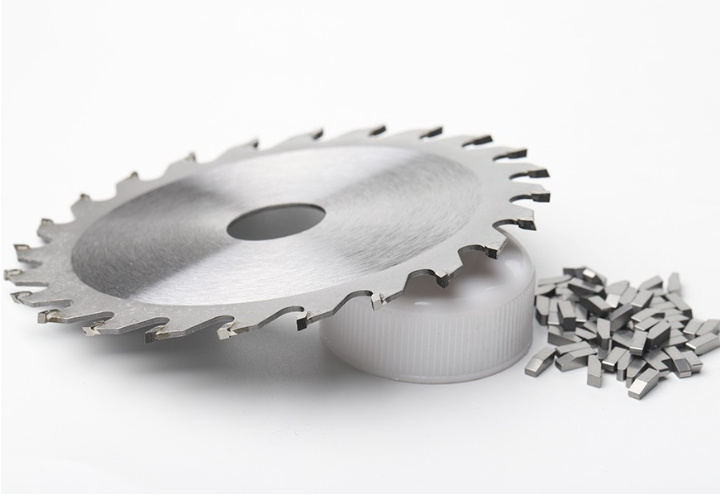
よくあるご質問
| 質問 | 回答 |
|---|---|
| どちらの道具が長持ちしますか? | 高速加工ではセラミック工具の方が長持ちするが、一般的な用途では超硬工具の方が耐久性が高い。 |
| セラミックの工具は高価ですか? | しかし、適切な用途であれば、より長寿命となる。 |
| 断続切削にセラミック工具は使えますか? | いや、セラミック製の工具は脆く、断続的なカットでは欠けやすい。 |
| 初心者には超硬工具の方が良いのでしょうか? | そう、超硬工具はセラミックよりも使いやすく、寛容だ。 |
| アルミニウムにはセラミック工具を使うべきでしょうか? | いや、超硬工具はその靭性からアルミニウムに適している。 |
| 焼き入れ鋼に最適な工具は? | セラミック工具は焼き入れ鋼の加工に最適です。 |
| 超硬工具は高温に耐えられるか? | ある程度まではね、でもセラミックの方が熱に強いんだ。 |

